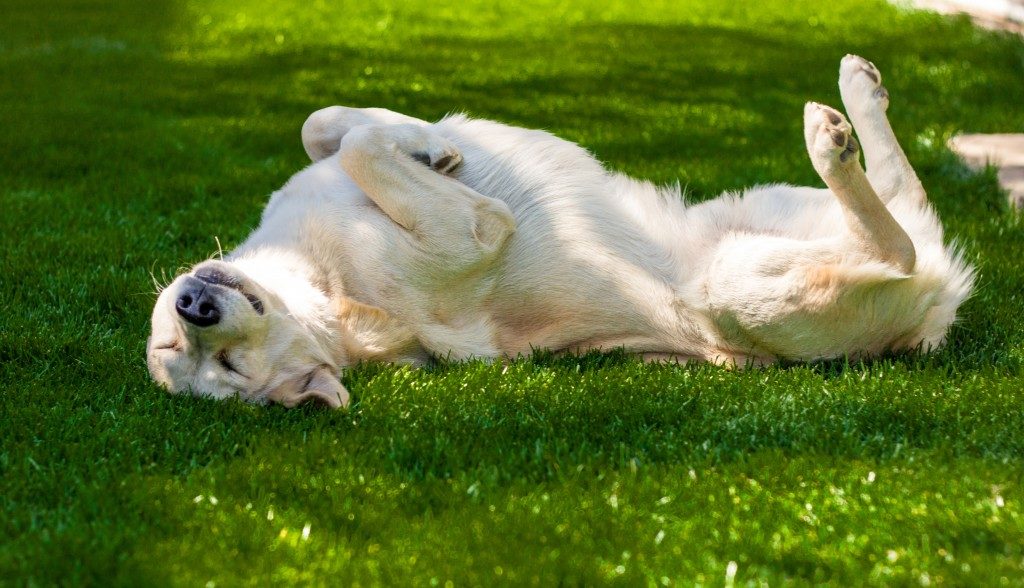Like humans, dogs can suffer from altitude sickness. A short trip to the mountains or moving to an elevated residence can have your dog reeling from the altitude change.
Dogs that Might Have Problems
Flat-faced dog breeds are particularly vulnerable to the effects of high altitude. Pugs, boxers, bulldogs, and other short-nosed dogs can encounter breathing problems because of the thinner air. Snoring and noisy breathing are signs of obstructed airways, which means your dog can have a problem regardless of its breed. Dogs with pulmonary edema (from high sodium diets) are also more vulnerable to altitude change. Look for signs of coughing, difficulty breathing, general weakness, and bluish discoloration on the lips and tongue. The thinner air can also exacerbate heart problems, especially in Dobermans, golden retrievers, poodles, and dachshunds. Your older dogs might suffer harsher effects from the altitude change, especially if he/she has existing heart conditions or breathing issues. Of course, this doesn’t mean you shouldn’t take the mentioned dogs when going on trips to the mountains. If you change residences, it just means you should take better care of your dogs and be more wary of signs of altitude sickness.
Signs of Altitude Sickness
Dogs can’t exactly tell you that they’re feeling unwell; you need to look out for the signs. Panting, excessive drooling, and vomiting are mild signs of altitude sickness, while more extreme symptoms include dizziness, fever, and lethargic behavior. High altitude can also leave your dogs dehydrated. Check for dry noses and pale gums. These are signs of dehydration, which means your dog isn’t getting enough water. It takes a few days to acclimatize to high altitude. However, if your dog’s condition doesn’t seem to get better, you might need to bring it down to a lower elevation and have him/her checked.
Living High with Your Pets

Moving to a high-altitude state like Colorado or Utah with your dogs or bringing home dogs from a lower elevation will require a bit of adjustment. It can take your dogs a few days to acclimatize and adjust to the thinner air, so don’t just bring new dogs to training camp the moment they arrive. Your dogs will be peeing a lot more because of the elevation, so a little bit of training can make your life a lot easier. Always leave a clean bowl of water and train/coax your dog to drink on command. Sun exposure can also be a problem at high altitudes, as concentrations of harmful UV rays go up by 6-8 percent for every 1,000 feet. Keep your dogs indoors from 11AM-3PM or at times when the sun seems to be particularly strong. Dressing up your dog is usually frowned upon, but even your vet would agree that putting an old shirt on your dog would protect him/her from the sun.
Most dogs will be fine in high altitudes, but just in case your dog is sensitive, it’s good to be prepared. Be a little more attentive to your loyal pet and make sure to look for signs of altitude sickness.




